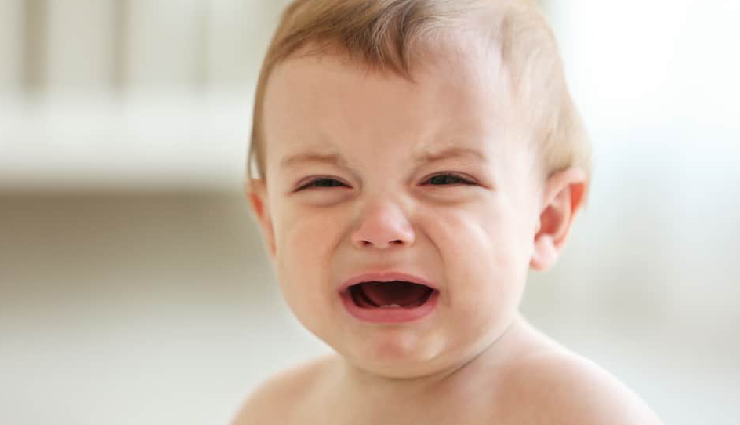- Home›
- Healthy Living›
- Different Types Of Baby Cries To Know About
Different Types Of Baby Cries To Know About
By: Priyanka Maheshwari Tue, 02 Jan 2024 11:09:12

You might observe that your infant cries frequently to convey their needs such as hunger, discomfort, or a need for care. This mode of communication is natural until they develop language skills. However, discerning the specific reasons for the cries can be challenging for new parents, as the sounds often seem indistinguishable. Priscilla Dunstan collaborated with research institutions and employed a discrete wavelet transform method to decode various baby cries. This led to the creation of the Dunstan infant language, revealing five distinct baby sounds, each conveying a unique meaning. Explore this article to gain insights into the diverse cries, their underlying causes, and effective strategies for handling episodes of infant crying.
Understanding the reasons behind a baby's cries is crucial for parents to provide effective comfort. Rubi Zendejas Marquez, a mother and trained Montessorian, shares her journey of learning to interpret her baby's cries. She highlights, "From day one, F (Rubi's baby) was determined to communicate and persisted until her needs were met. Right from birth, she expressed discomfort, overwhelm, fatigue, boredom, frustration, loneliness, and hunger through different cries. Identifying these varied cries took time, but now I can distinguish when she is in pain, hungry, frustrated, tired, and more based on the unique sounds she emits."

# ‘Neh’ - Signifying Hunger:
When your baby's cry initiates with the sound 'neh,' it typically indicates hunger. Look for additional cues such as hand-sucking, tongue movements against the mouth's palate, and hand movement towards the mouth.
What to do: Comfort your baby by feeding them.
# ‘Heh’ - Expressing Discomfort or Fatigue:
If your baby's cry features a 'heh' sound, it may suggest discomfort or tiredness. Signs of tiredness include crying along with eye and nose rubbing.
What to do: Check the diaper, ensure the baby is not feeling itchy or cold, adjust room temperature, dim lights, tuck in the baby, and attempt to soothe them to sleep by rocking.

# ‘Eh’ - Requesting Burping:
Babies require burping after feeding to release excess swallowed air, preventing crankiness, spitting up, and cries beginning with an 'eh' sound.
What to do: Lift the baby and assist them in burping.
# ‘Eairh’ - Indicating Lower Abdomen Gas:
The 'eairh' sound may suggest discomfort from gas in the lower abdomen or flatulence, potentially indicating indigestion. Look for additional signs like pulling knees up and pushing out with their legs.
What to do: Alleviate this cry by applying gentle pressure and massaging the baby's belly, identifying and avoiding gas-inducing foods, and helping the baby burp.
# ‘Owh’ - Signaling Sleepiness:
A loud cry with an 'owh' noise often indicates that the baby is sleepy. This cry is typically accompanied by yawning, and the baby may rub their eyes with their hands.
What to do: Place the baby in a comfortable position and gently rock them to sleep.





